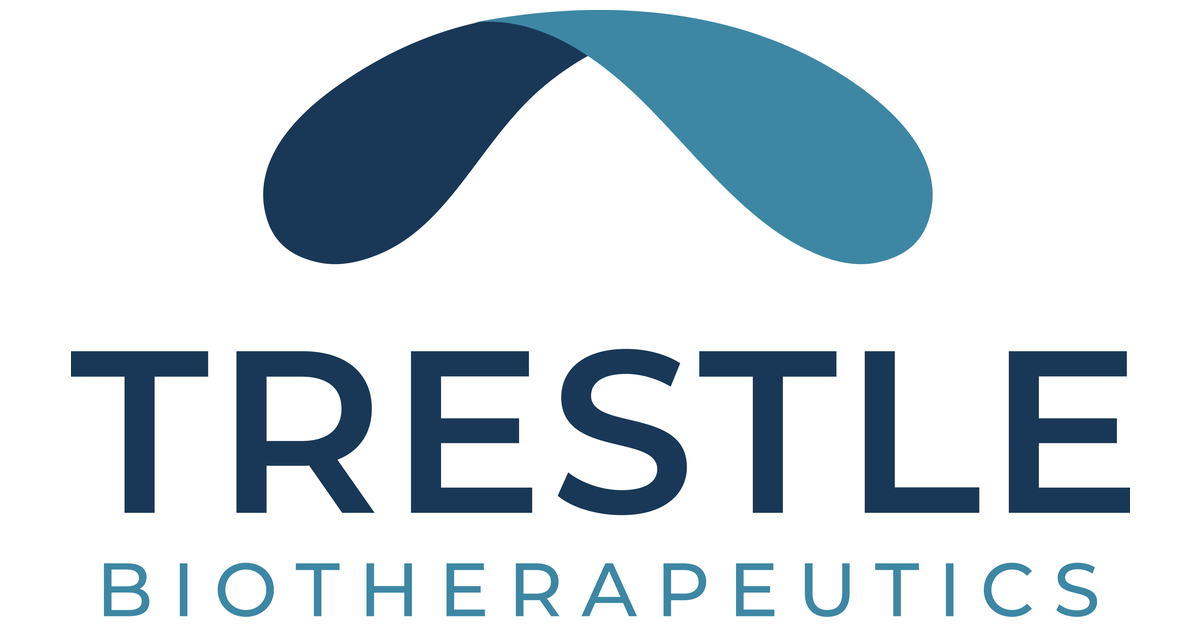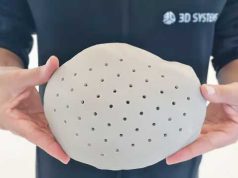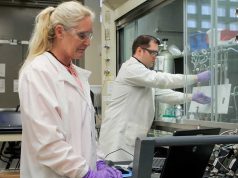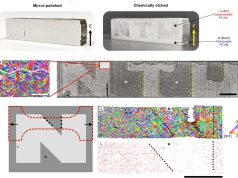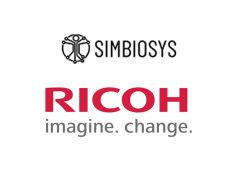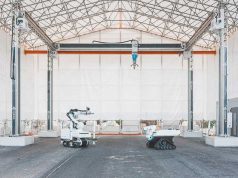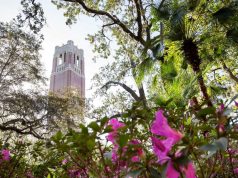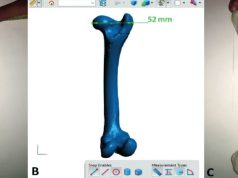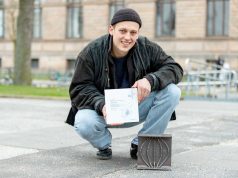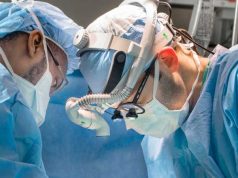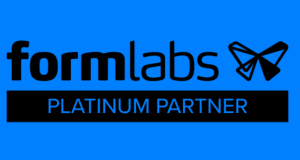The core of the technology being licensed to Trestle was developed by a multi-disciplinary research team in the laboratories of Jennifer Lewis, Sc.D. and Ryuji Morizane, M.D., Ph.D. Lewis is a Wyss Core Faculty member, leads the Wyss Institute’s 3D Organ Engineering Initiative, is the Hansjörg Wyss Professor of Biologically Inspired Engineering at Harvard SEAS, and is a Principal Faculty member of the Harvard Stem Cell Institute. Dr. Morizane is a Principal Investigator at Massachusetts General Hospital, an Assistant Professor at Harvard Medical School, an Affiliated Faculty member at Harvard Stem Cell Institute, and a Visiting Scholar at the Wyss Institute. Drs. Lewis and Morizane are both members of Trestle’s scientific advisory board.
Trestle is developing functional kidney tissue to supplement and replace lost renal function in kidney failure patients. Trestle is building these novel tissue therapeutics through the integration of stem cell biology and 3D biofabrication technologies. As of 2021, there are more than 100,000 patients waiting for a kidney transplant and more than 550,000 patients who are dependent on dialysis for survival.
“Patients living with kidney failure have had the same two standard-of-care treatment options for more than 60 years. We are really excited to embark on the ambitious mission of changing that and building upon the work of the Lewis and Morizane labs towards making this a reality for those patients,” said Ben Shepherd, Ph.D., Co-Founder and CEO of Trestle.
The technology to be commercialized by Trestle not only enables the rapid fabrication of vascularized kidney tissue at scale for regenerative medicine solutions, but also paves the way for increasing tissue maturation and vascular development within stem cell-derived organoids in response to fluid flow. These are essential components of building large, functional tissues which will one day be used to supplement, or even replace, renal function in kidney failure patients.
“Trestle was founded with the belief that recreating patterns and processes found in nature is key to building functional tissues. The next era of cell therapies and regenerative medicine, particularly for addressing diseases arising from complex organs such as the kidney, will rely on the integration of multiple advancing disciplines. Developmental biology, stem cell biology, and 3D biofabrication are core components of this approach. We look forward to integrating the innovative work from Drs. Lewis and Morizane into the platform we are building,” said Alice Chen, Ph.D., Co-Founder and CSO Trestle.
About Trestle Biotherapeutics
Trestle Biotherapeutics, Inc. is a pre-clinical stage company developing bioengineered therapies for patients living with end stage renal disease. Once implanted, these bioengineered stem cell-derived tissues will get patients off dialysis, delay their need for transplantation, and one day become replacement organs. Learn more at trestlebio.com.
For further information see: https://trestlebio.com/
Subscribe to our Newsletter
3DPResso is a weekly newsletter that links to the most exciting global stories from the 3D printing and additive manufacturing industry.



